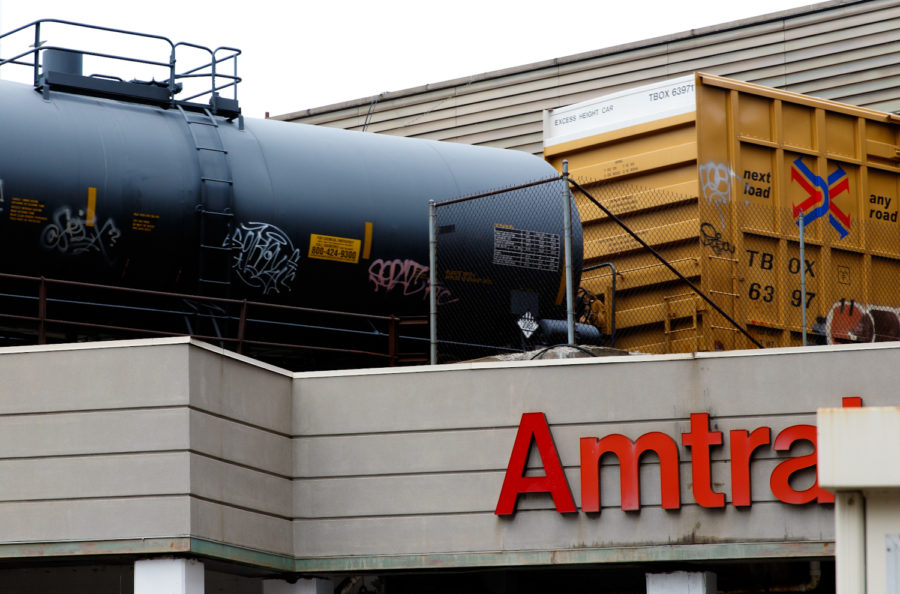The Wonder of Travel Eras Past
Take a look at Pittsburgh’s long forgotten rail system through fresh eyes.
A train enters Pittsburgh’s primary Amtrak station located on Liberty Avenue downtown.
As I’ve begun to plan for my life in college— well, culinary school— there’s been a lot on my mind. I’ve thought a lot about what my social life might blossom into, especially with the prospect of living a mere hour and a half from New York City.
I’ve already begun to dream up plans in my head of taking a train to the city on a long weekend after tireless hours in the kitchens and campus libraries to go spend time with newfound friends exploring a mysterious city. But with all the daydreaming I’ve been doing and precursory glances at the website of the train station by my campus, I can’t help but think of the trains in Pittsburgh.
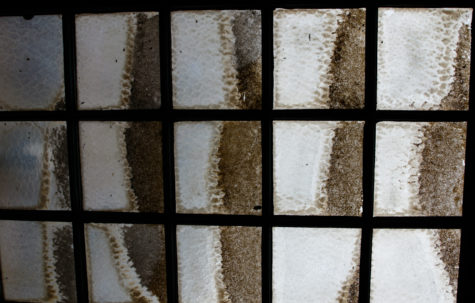
Trains are something I, quite frankly, expected to see a lot more of after all the talk of trains in my preschool days— which might be entirely due to the fact that there was a train track running across the road just outside of said preschool. Nonetheless, trains have always seemed so soothing, and I’ve never failed to stop and take a moment to ground myself as one goes huffing by.
But trains are a long abandoned primary means of transportation— to no one’s surprise. I’ve rarely ever seen a train that I’m certain carries more people than just the conductor, which of course, wasn’t always the case. It does make me wonder though, what sort of places people were off to, and who might have passed through the very spots I’ve always loved to take photos of.
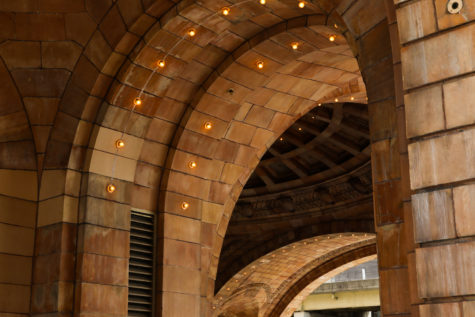
I can’t say that Pittsburgh has the most magnificent architecture, but when it comes to train stations, even the entrance to the Gateway subway station has been known to catch a few eyes. But it pales in comparison to the once bustling Union Station, that lies where the strip meets the heart of downtown Pittsburgh.
The station is famous not only for it’s gorgeous composition of arches, but also for the intricate black and white mosaic of the skylight that ties it all together.
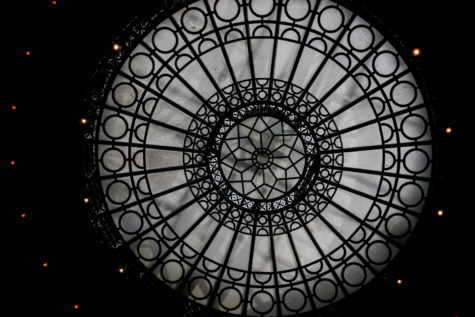
Unfortunately, the station has been neglected by the city’s travelers and turned into office buildings, as many places often are once they no longer serve a greater purpose. It isn’t the only aspect of Pittsburgh’s rail system that has been neglected, and the further away from the city you travel, it becomes evermore apparent.
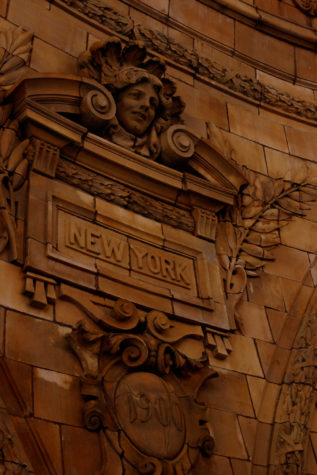
This is not to say that the disuse and neglect has left everything and everyone for the worse. Not even a ten minute drive from Union Station is a marvel of its own, the Seldom Seen Greenway, that resides close to the South Hills neighborhood.
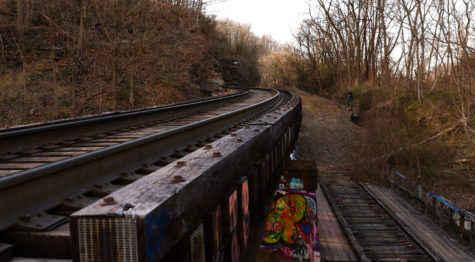
The abandoned tracks have since been converted into a nature trail and park for the city’s nature lovers to retreat to, and they aren’t the only people that have found solace by the relics of transportation systems past.
The Seldom Seen Greenway has been converted into a mini haven for rock climbing enthusiasts. The columns built to support the tracks now are caked in chalk, street art, and a sense of community. The taller areas may be reserved for seasoned climbers, but the architecture of the tracks and surrounding area have made it a wonderful place for master climbers and newcomers alike.
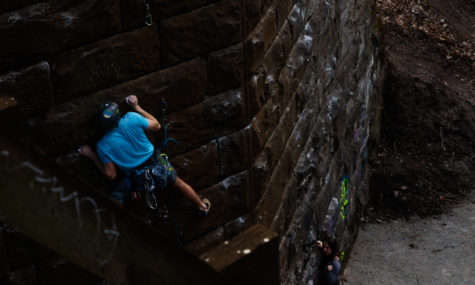
However, not all of Pittsburgh’s tacks have been abandoned. Buttermilk Falls— a natural waterfall—and its surrounding park, share space with a busy intersection of tracks with the same name.
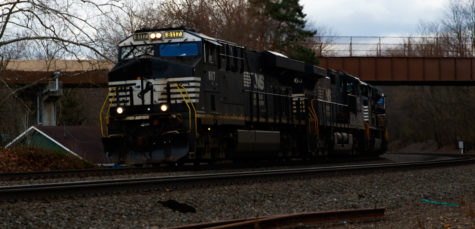
Many high schoolers— including many from North Allegheny— travel to the falls to spend warm summer days leaping from the top of the waterfall into the tranquil pool below, exploring the tracks above, and reminiscing as they share glances with the abandoned house neighboring the tracks that is somewhat reminiscent of the “Monster House” from our generation’s childhoods.
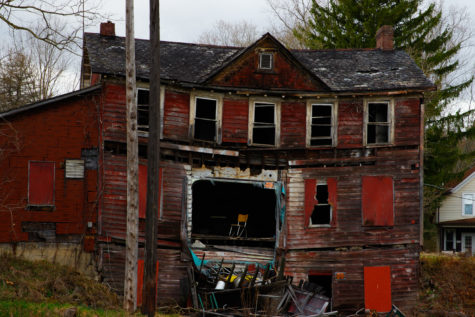
The abandoned house’s unique characteristics include wide open views to parts of the interior, and the curious curve of the roof weighing down on its supporting structure. But the house— to me, at least— is a beautiful metaphor for Pittsburgh’s railway system itself.
It may have once been bustling with life, but as time has gone on and left it mostly forgotten, that doesn’t make it any less beautiful. I highly recommend a day spent exploring Pittsburgh’s tracks to any hiking enthusiast, or to anyone who wants to feel connected to the history and wonder of times past.

Julia is a senior at NASH and is delighted to be this year's Photography Editor. She uses she/they pronouns and is passionate about making a positive change in the world. In her spare time she enjoys reading about philosophy, photographing the world, creating art, writing, and caring for her plants. She hopes to become a helicopter pilot one day and dreams of going to school in New Zealand.

